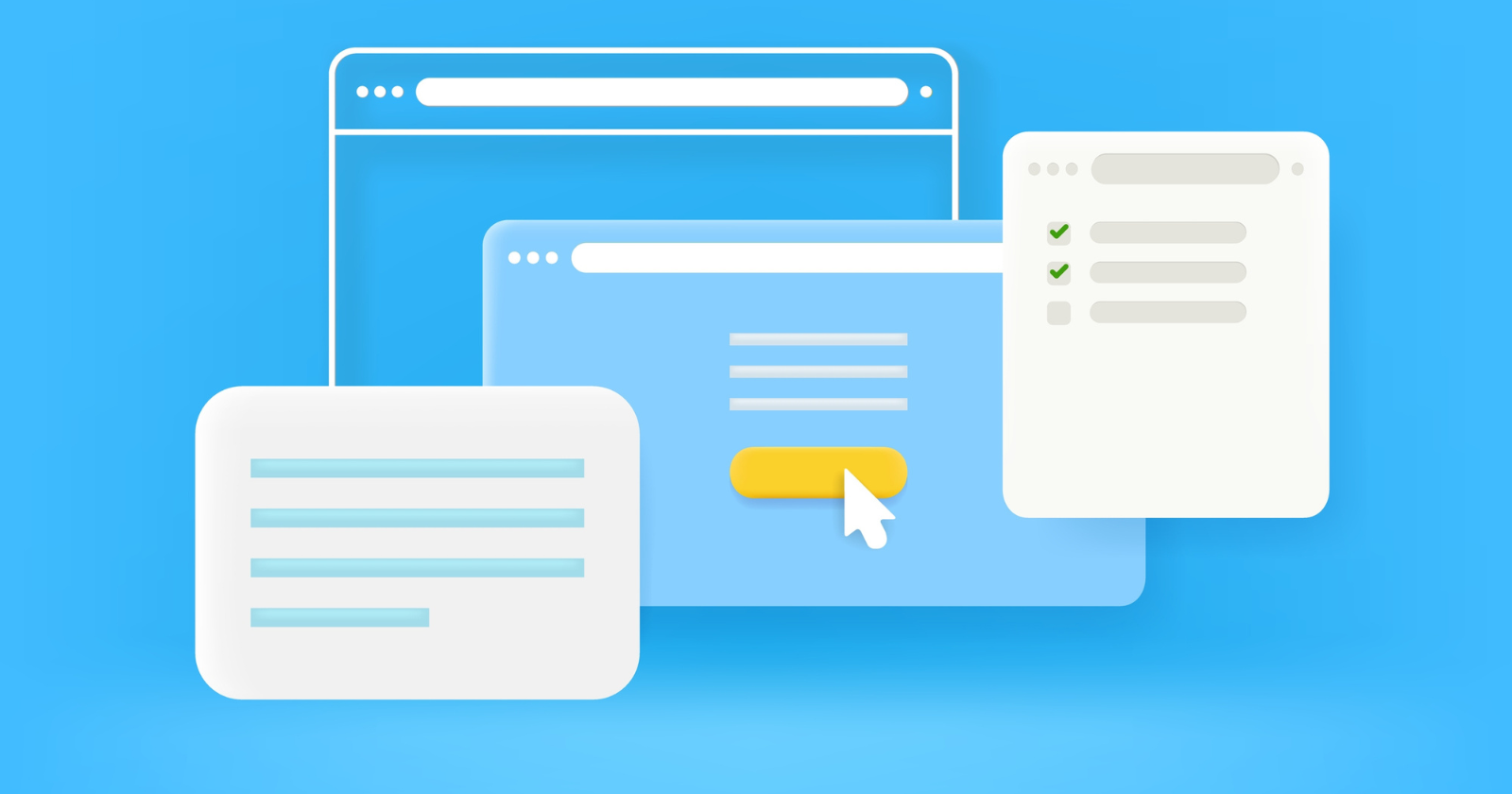Today’s Ask An SEO question comes from Daniela in the U.K., who asks:
What is best for SEO?
I want to give more information about a certain aspect of my business. When a visitor clicks on “read more,” is it better to direct the visitor to a new subpage? Or is a popup page (inside the current page) also good?
As SEO pros, we know that navigation can make or break a website.
Unfortunately, it seems many designers like to create navigation that breaks a site, from a number of different perspectives.
Let’s discuss some navigation best practices, and then we’ll get to this question.
Navigation Is More Than Links
Your navigation is more than the links the visitor clicks on to travel from one page to the next.
Understanding how visitors consume your content is paramount to creating successful site navigation.
When you set up a website, the most important thing to remember is how visitors will guide themselves through the information you have provided.
Yes, visitors guide themselves.
Modern websites are “choose your own adventure” games. There is no way to dictate a specific linear path through a website without essentially banging your visitors on the head with a straight line through your buying funnel.
And, trust me – that doesn’t always work out well for the website owner.
The key to creating a successful website navigation structure is anticipating the path a potential visitor would take to complete the desired action.
But, if the visitor veers off your desired path, it’s the webmaster’s job to provide them with alternative navigation methods through the site – and a way to get back on track if they wander from the funnel.
Pagination As Navigation
How the site is built is an important part of your site navigation.
Pagination is, in its simplest terms, the way a page is laid out. You might have slide shows, image galleries, product lists, article tags, and a host of other elements on a page.
Understanding that different people consume the same information in different ways is paramount to creating functional pagination.
In academic research papers, you will find every chart and every image explained in detail in the text.
The same principle works in pagination.
Describe your images. Describe your charts.
Google loves words.
And despite what some designers think, many people also love words.
I’m one of them. If my wife and I are looking at a vacation rental property, you will find me reading the property description while she goes straight for the pictures.
Some people are visual, and some people are verbal.
Search engines are more verbal than visual.
Of course, creating intimidating walls of text is not appealing to most visitors.
That’s where your designer comes in.
Designers will typically fight against large amounts of text on a page, but if they can break that text up in a visually pleasing way, everyone wins.
Subpage Or Pop-ups?
So back to the question at hand: Daniela asked if she should use subpages or pop-up pages in her navigation.
The answer, as always, is: It depends.
In most cases, a simple link that launches the new content on a new page in the same browser tab is appropriate. This is standard navigation.
However, if the information is something you want the consumer to see after they have left the site, using a pop-under window can be effective.
In many cases, a pop-up is against the rules if you run a paid search on the page.
But, pop-ups in the same browser window can be extremely effective if you have some information that the consumer should see – like, say, an email sign-up.
Without knowing your site and seeing your analytics, it’s impossible to know exactly what to do – but in most cases, standard navigation is standard for a reason.
It works.
More resources:
Featured Image: tovovan/Shutterstock
